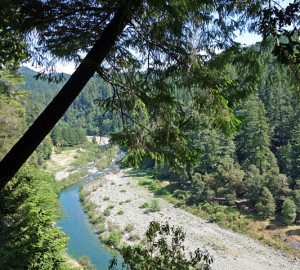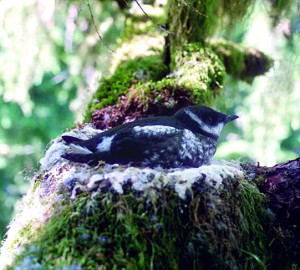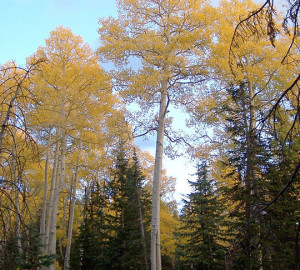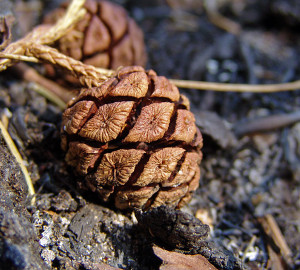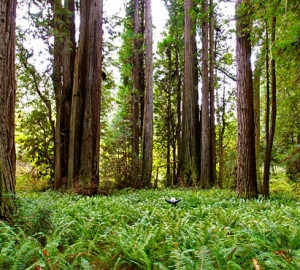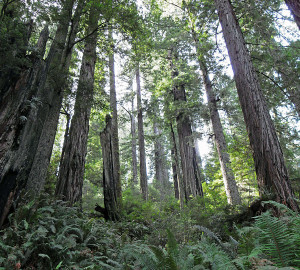The Toughest Plants in the World
onIt’s not often that I hear about a creature more resilient than redwoods. After all, they grow faster, live longer, and reproduce more prolifically than just about any other tree. Be that as it may, some very small, unassuming creatures …

